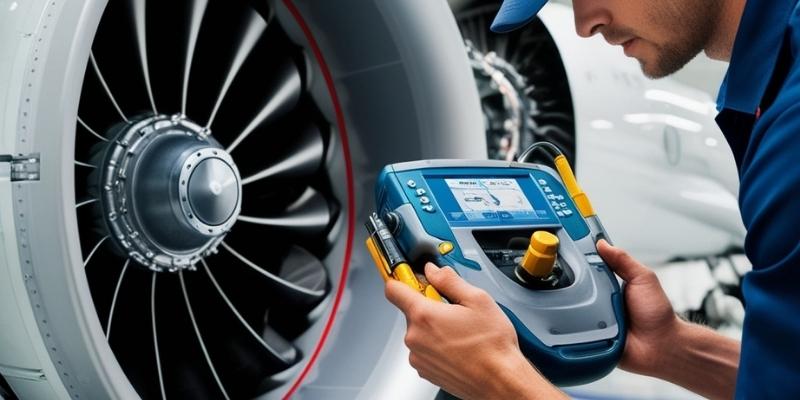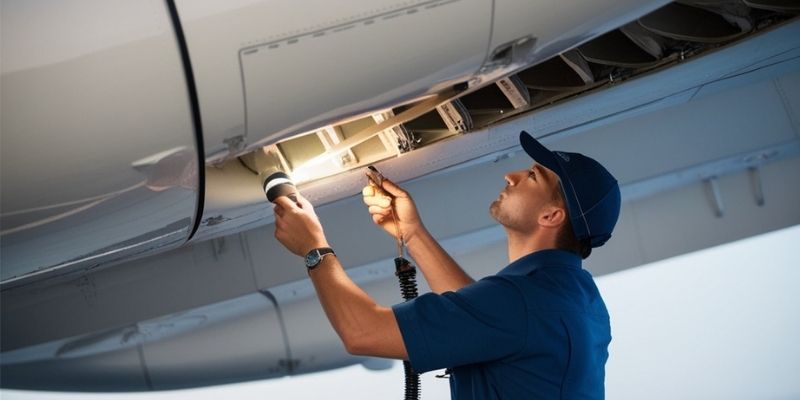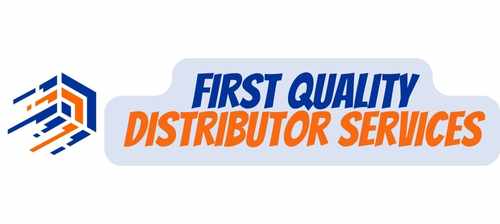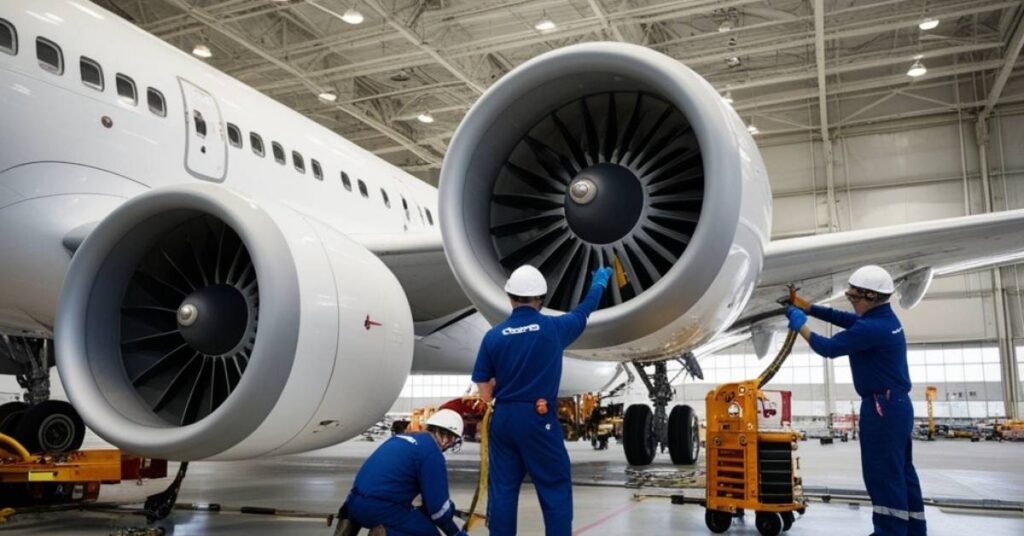aviation maintenance
What is Aviation Maintenance? 5 Key Points to Understand its Importance in Air Safety and Operations
What is aviation maintenance? This term encompasses a set of technical procedures, inspections, and checks that ensure an aircraft is in optimal condition to fly. The importance of aviation maintenance goes beyond preventing accidents; it impacts operational efficiency, cost savings, and the longevity of every aircraft in the air. Additionally, aviation maintenance plays a fundamental role in aviation safety, helping prevent technical failures that could compromise the safe operation of each flight.
Table of Contents
What is Aviation Maintenance and Why is it Crucial?

Aviation maintenance is defined as all those tasks performed to ensure the proper functioning of aircraft. This process includes inspections, repairs, adjustments, and replacement of parts according to strict standards set by international aviation safety organizations, such as the Federal Aviation Administration (FAA) in the United States and the European Union Aviation Safety Agency (EASA) in Europe. These organizations regulate the specific requirements of each maintenance procedure, which is key to maintaining the aviation maintenance standards that characterize the industry.
Aviation maintenance is essential not only to avoid accidents but also to optimize resources and reduce costs. High-quality preventive maintenance in aviation ensures that each flight operates under optimal conditions, protecting crew and passengers alike, while ensuring the continuity of service without unexpected interruptions.
Types of Aviation Maintenance

In the aviation sector, maintenance is divided into various categories according to its purpose and frequency of application. The types of aviation maintenance include preventive maintenance, predictive maintenance, corrective maintenance, and overhaul.
1. Preventive Maintenance
Preventive maintenance in aviation is an essential practice to avoid problems before they arise. This type of maintenance includes the periodic inspection of key components, such as the engine, wheels, and hydraulic systems. Examples include turbine inspections, tire pressure checks, and brake status verification. In this stage, potential failures are detected in advance, which helps avoid significant issues and contributes to aviation maintenance safety. The frequency of these inspections depends on flight hours, service time of each component, and manufacturers’ recommendations.
2. Predictive Maintenance
Predictive maintenance in aviation relies on real-time data analysis to anticipate potential failures before they occur. This technique is supported by advanced technology and data analysis, allowing aviation technicians to gather detailed information about each component’s performance in an aircraft. Sensors installed on the aircraft collect data and send it to a monitoring system, which alerts technicians when anomalies are detected. This type of aircraft maintenance procedure improves operational efficiency by reducing unforeseen interruptions.
3. Corrective Maintenance
Corrective maintenance is carried out when a part or system fails or presents problems. Unlike preventive or predictive maintenance, corrective maintenance is performed in response to a failure or damage requiring immediate repair. In aviation, corrective maintenance may involve repairing or replacing specific parts. This type of maintenance is reactive, as it does not follow a pre-set plan but responds to specific needs. Corrective inspections are performed in specialized hangars where technicians assess the damage and make the necessary adjustments to ensure the aircraft is fit to fly again.
4. Overhaul Maintenance
Overhaul, or major maintenance, is an exhaustive process that involves disassembling and inspecting every component of the aircraft. This type of maintenance is usually performed every few years and focuses on completely restoring the aircraft to its original working conditions. In an overhaul, engines, hydraulic systems, electrical systems, and major structures are inspected, cleaned, and replaced if necessary. This type of maintenance is costly and time-consuming, but it is essential to extend the aircraft’s service life and ensure compliance with aviation maintenance standards and operational efficiency.
Key Steps in the Aviation Maintenance Process

To understand what aviation maintenance is, it’s essential to know the key steps involved in each type of inspection. These procedures are not only crucial for the safe operation of aircraft but also ensure compliance with established aviation maintenance standards.
- Visual Inspection and Initial Diagnosis
- This is the first step in any maintenance process. It includes inspecting all visible components of the aircraft, such as wings, fuselage, landing gear, and electrical systems, to identify physical damage, corrosion, or wear that could compromise safety.
- Functionality Testing
- After the visual inspection, functionality tests are conducted on critical aircraft systems, such as the engine and navigation systems. This allows technicians to detect any anomalies and make adjustments as necessary.
- Replacement of Worn Parts
- Parts that show wear or are nearing the end of their service life are replaced to prevent failures during flights. This step is fundamental in preventive aviation maintenance and overhaul maintenance.
- Documentation and Record-Keeping
- After each inspection, technicians must document every task performed in a maintenance log. This information is crucial for the aircraft’s history and is reviewed in future inspections to ensure maintenance traceability.
Tools and Technologies Used in Aviation Maintenance

Today, aviation maintenance has evolved with the incorporation of cutting-edge technologies that allow technicians to monitor, diagnose, and predict the condition of aircraft with greater precision. Some of the most relevant tools and technologies include:
- Condition Monitoring Systems: Equipment that collects data from sensors installed on the aircraft, enabling constant monitoring of operating systems.
- Inspection Drones and Robots: Used to access hard-to-reach areas of the aircraft and conduct detailed visual inspections of exterior parts like wings and fuselage.
- Maintenance Management Software: Programs that allow digital control of maintenance history, inspection scheduling, and tracking of each component.
These technologies not only increase precision and effectiveness in aviation maintenance but also reduce costs and aircraft downtime.
Current Challenges in Aviation Maintenance
Despite technological advancements, aviation maintenance still faces several challenges, such as:
- Shortage of Qualified Technicians
- The demand for specialized aviation maintenance technicians exceeds supply, which adds additional pressure on the industry.
- High Cost of Supplies
- The cost of replacement parts and specialized maintenance is high, so airlines strive to balance quality with cost reduction.
- Compliance with Regulations and Standards
- Each country and regulatory body establishes its aviation maintenance standards, which means that companies must comply with different requirements depending on the location of their operations.
Conclusion
Aviation maintenance is a fundamental pillar of the air industry’s safety and efficiency. From preventive inspections to complex overhaul processes, each step is designed to maximize safety and functionality. As technology advances, aviation maintenance will continue evolving to offer more precise and efficient methods. Next time you wonder what is aviation maintenance, remember that it’s the discipline that keeps the skies safe and reliable.
Frequently Asked Questions About Aviation Maintenance
- What are the main types of aviation maintenance?
- The main types include preventive maintenance, predictive maintenance, corrective maintenance, and overhaul.
- What is an overhaul in aviation maintenance?
- It is an exhaustive process that involves disassembling and inspecting every component of the aircraft to ensure optimal performance.
- What role does technology play in aviation maintenance?
- Technology enables precise monitoring and diagnostics, optimizing maintenance procedures and enhancing efficiency.
- Why is predictive maintenance important in aviation?
- Predictive maintenance helps anticipate failures through data analysis, reducing unforeseen interruptions.

